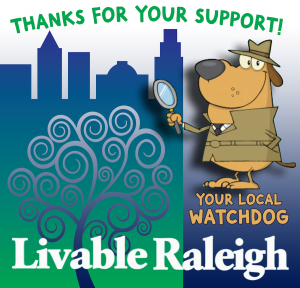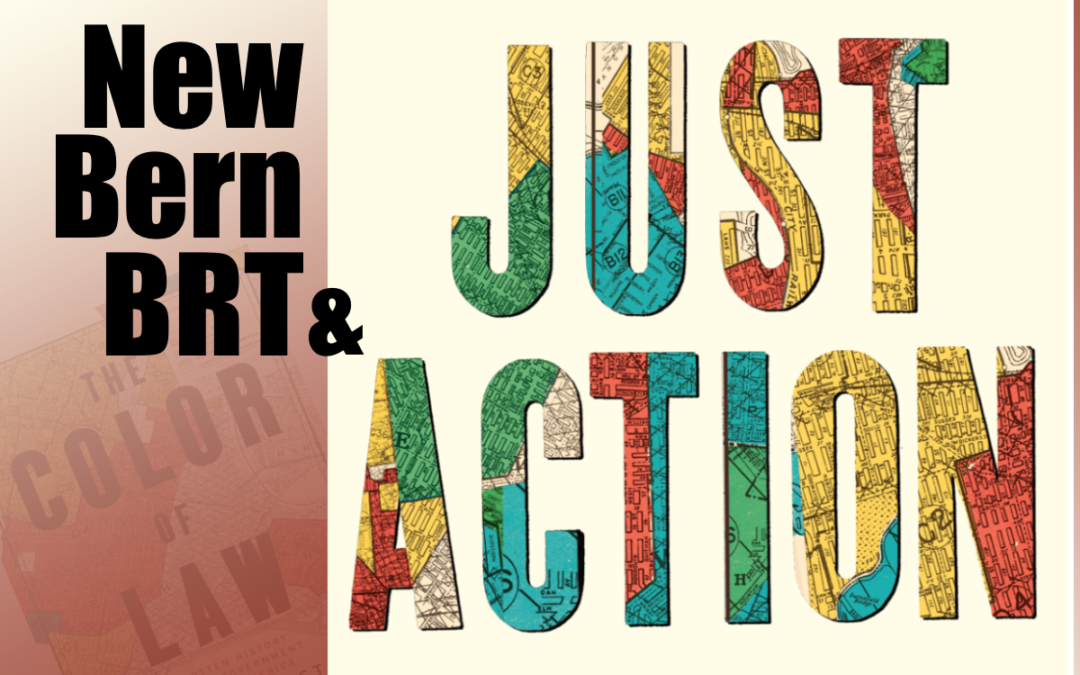In 2017, The Color of Law landed like a bombshell in progressive housing policy circles. In Raleigh, powerful development interests saw the opportunity to adopt — some would say co-opt — Richard Rothstein’s anti-segregation message by promoting pro-density zoning rules that not only lifted exclusionary zoning rules, but went much further. By 2020, a new alliance of developer money, self-righteous Council aspirants and their white privileged adherents provided the lubrication to fast track pro-density zoning proposals while actually eliminating existing affordable housing. Novice Councilors were assured that pesky public input need not impede this sweet deal: melding profits with a sprinkling of anti-racism.
The city administration provided Council cover with superficial DEI programs and theories of trickle down affordability while encouraging Councilors to hunker down and resist any serious calls for reparative justice or actually dismantle the city’s ingrained, racially biased systems and policies described in The Color of Law.
Meanwhile city planners took up the newly progressive pro-density call. Never mind that their own professional organization had recently warned them about how their own racially biased blind spots could lead them to promote growth that actually perpetuates racial and economic inequities. Under pressure from developer-funded Councilors to catch the Color of Law wave, the planning staff fast-tracked reviews of high rise proposals and citywide zoning changes that cynically reduce the supply of affordable housing.
Back in 2016, the New Bern Avenue BRT (Bus Rapid Transit) project was described by Raleigh’s leaders and the Planning Director as an important opportunity to provide transit to Raleigh’s lowest wealth families, while protecting them from dislocation. But by 2022, the alliance of enterprising developers, developer-backed Councilors and self-righteous privileged whites (see transit expert Jarrett Walker’s warning against ‘elite projection’) backed a record setting plan to suppress earlier promises of anti-racism and anti-dislocation. Staff’s new plan would accelerate redevelopment along the New Bern Avenue BRT corridor with a preemptive multi-story upzoning of 744 parcels of private land. Taller by-right heights of the mass upzoning would drive market rate and luxury redevelopment of the corridor, destroying existing affordable dwellings in the corridor while eliminating any appetite for new affordable unit height bonuses.
By 2023, when Leah and Richard Rothstein’s followup book Just Action was published, the full-on urban renewal plan for New Bern Avenue was already well underway, with most Planning Commissioners and Councilors maintaining the elite privileged point of view that maximizing growth on New Bern far outweighed (1) Raleigh’s 2016 transit equity promises or (2) the planning profession’s equity warnings or (3) the Rothsteins’ new message: that decisive and comprehensive local actions are required to redress blind privilege and tenacious injustices that continue to bear down on Black communities.
No one questions that the record-setting $100 million BRT transit project alone will have huge economic development impacts on New Bern Avenue, without dropping a 744 parcel upzoning bomb on the corridor too. To achieve sustainable and equitable transit growth in the New Bern Avenue corridor, first set aside the destructive mass upzoning of Z-92-22. Then refocus on the Just Actions described by the Rothsteins that will restore Raleigh’s promise of sustainable growth, revitalization without displacement and prosperity for all.
Livable Raleigh Editorial Team
If you appreciate the kind of reporting we bring to you
|
Please donate $10 or $20, Thanks for supporting |
 |

